 European Commission provides €30 million grant to regional programme.
European Commission provides €30 million grant to regional programme.
The European Bank for Reconstruction and Development (EBRD) and the European Commission (EC) are stepping up their joint efforts to promote energy efficiency across the Western Balkans.
In the latest push, the EC is providing a €30 million grant to implement the next phase of the Regional Energy Efficiency Programme (REEP) which aims to unleash the energy efficiency and renewable energy potential of Albania, Bosnia and Herzegovina, FYR Macedonia, Kosovo, Montenegro and Serbia, also known as the Western Balkans Six.
Energy efficiency is an important component of the EBRD’s work to make the countries where it invests greener. This is an integral part of the six transition qualities which the Bank has defined in its updated transition concept as key to a well-functioning market economy – resilience, competitiveness, sustainability, inclusion, integration and governance.
The REEP programme was launched in 2013 as a joint initiative of the EC, bilateral donors and beneficiary countries cooperating under the Western Balkans Investment Framework (WBIF), and implemented by the EBRD in close collaboration with the Energy Community Secretariat. REEP combines crucial medium- to long-term financing with tailor-made technical assistance and support for key policies to boost energy efficiency and renewable energy investments in both the private and public sectors in these countries.
Under the next phase of REEP, the EBRD joins efforts with the German development bank KfW to continue providing direct and intermediated financing in commercial and public sectors while also launching the first dedicated regional residential sector credit line facility to help unlock the tremendous untapped energy efficiency potential of buildings in the Western Balkans.
The contribution agreement was signed in the Macedonian capital Skopje today by Genoveva Ruiz Calavera, Director, Western Balkans, Directorate-General for Neighbourhood and Enlargement Negotiations (DG NEAR) of the European Commission; the Head of the EBRD’s office in Skopje, Anca Ioana Ionescu; the European Investment Bank’s (EIB) Head for the Western Balkans, Matteo Rivellini; and member of the KfW Management Committee, Roland Siller.
The programme will also benefit from €1.8 million contributed by donors to the European Western Balkans Joint Fund, a multi-donor fund and the main source of financing under the WBIF, as well as €2.7 million from the government of Austria.
Anca Ioana Ionescu, Head of the EBRD office in Skopje, added: “Energy efficiency projects typically entail significant up-front spending, subsequently recovered through energy savings achieved over a long period, particularly in the construction sector. Availability of long-term financing to financial intermediaries who appreciate the economics of energy efficiency investments is therefore necessary to support the sector. Donors and development institutions have been essential in opening up the market over the past few years through the provision of long-term funding, technical assistance and incentives.”
Violeta Kogalniceanu, Head of Infrastructure and Energy Efficiency Unit at the Energy Community Secretariat, said: “REEP is the Western Balkans Six flagship programme for energy efficiency and small renewables and represents a unique set-up of tailored technical support, investment incentives and the Green Economy Financing Facility, a dedicated lending facility established by the EBRD. The Secretariat is proud to be the trusted partner of both the Western Balkans Six countries and the international financial institutions as the REEP programme further expands its scope.”
The REEP programme encourages the private and public sectors to take a leading role in promoting energy efficiency as envisaged in countries’ national energy efficiency action plans, developed as part of the Energy Community process. The programme builds on the success of the EBRD’s integrated approach to developing green economy markets and financing.
Over the past 10 years the EBRD has provided over €2 billion for the implementation of green investments in the six Western Balkans countries, which have enormous potential to benefit from the greater use of renewable energy and energy efficiency measures.
Source: ebrd.com



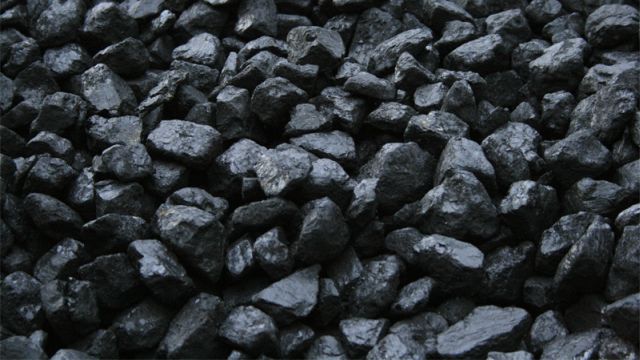



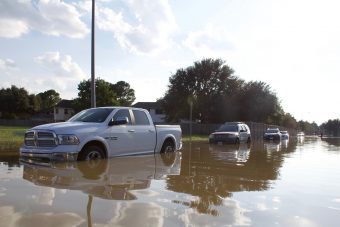




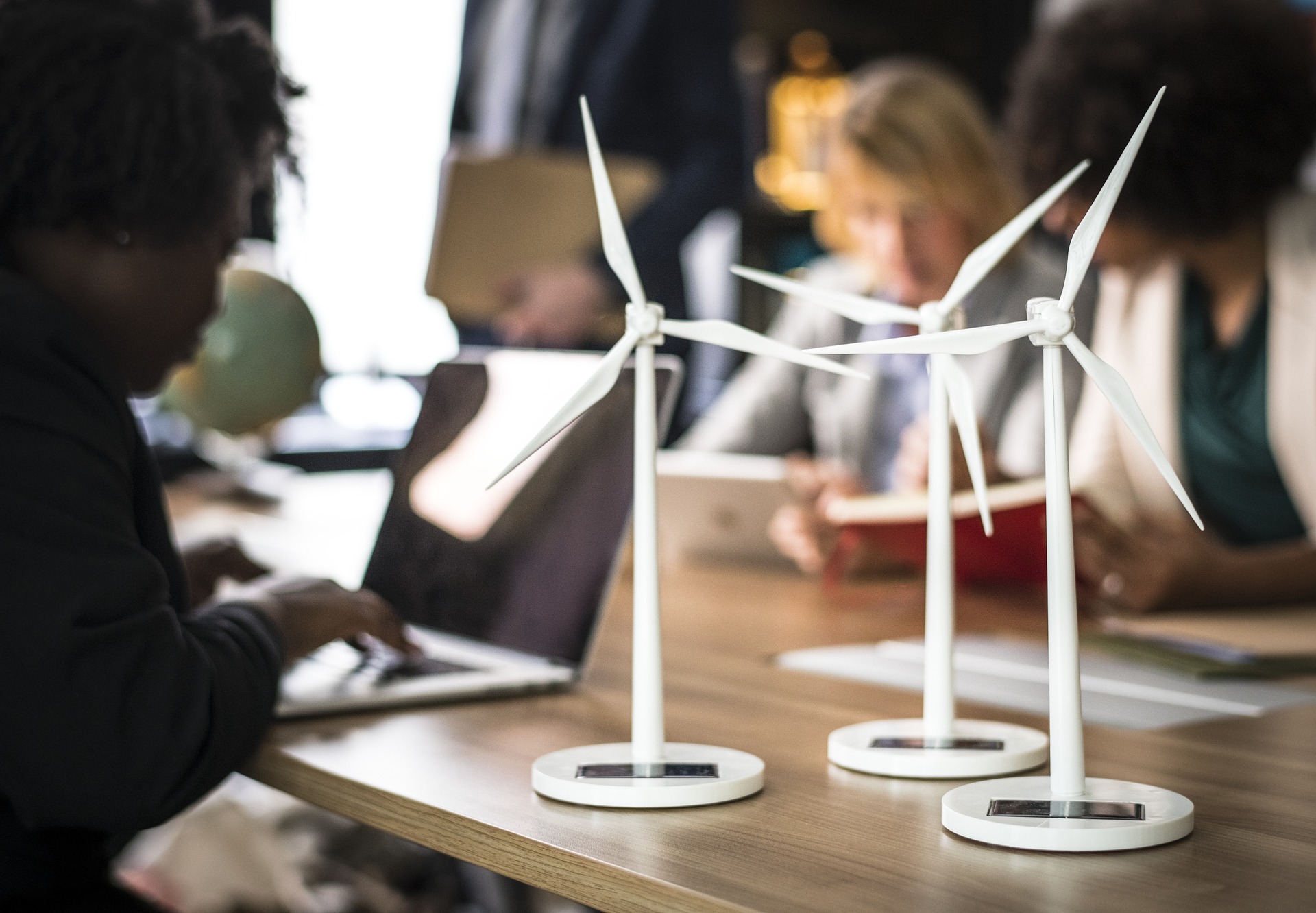
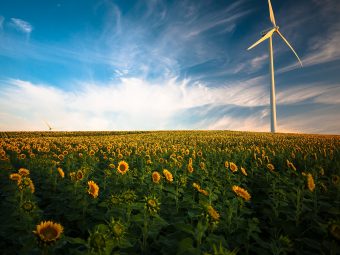


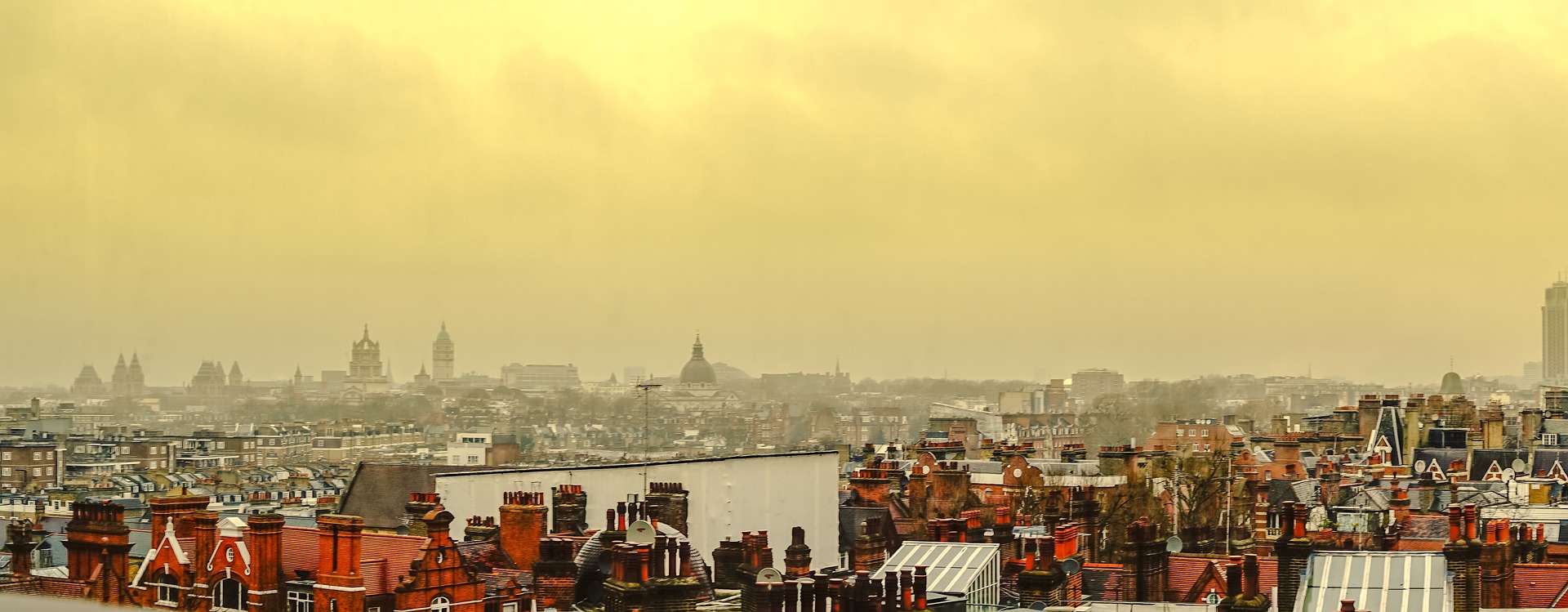









 Researchers behind ‘Anthropocene equation’ say impact of people’s intense activity on Earth far exceeds that of natural events spread across millennia.
Researchers behind ‘Anthropocene equation’ say impact of people’s intense activity on Earth far exceeds that of natural events spread across millennia.


